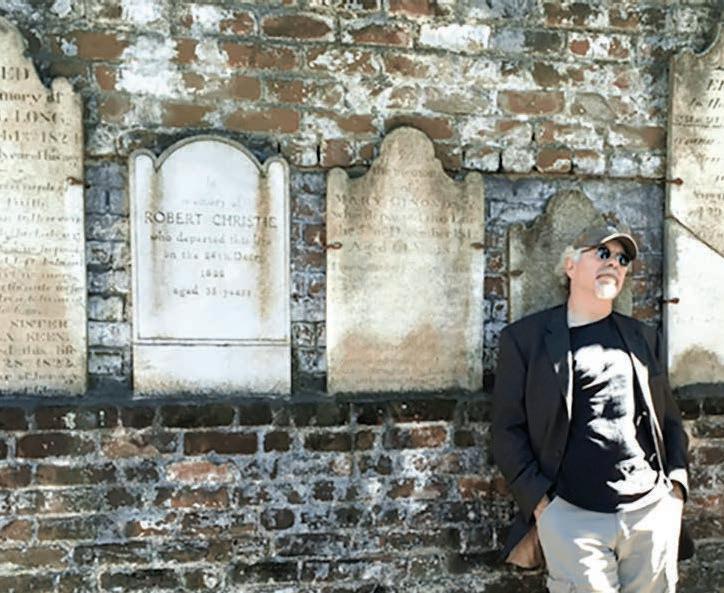FEATURE THE OTHER HOUSING CRUNCH Cleveland has a middle-class housing affordability problem By Lee Chilcote
Courtesy Bialosky
ANYA HODGSON HAS A PROBLEM. Although the realtor with Berkshire Hathaway HomeServices says that about a third of her business is selling to professional workers who want to live in the city, her buyers are increasingly getting shut out of neighborhoods where they want to be, such as Tremont, Ohio City and University Circle, because they can’t afford to live there. Home prices in Cleveland have risen in the past five years, jumping 16 percent in the last year alone, from an average of $39,900 in January 2019 to $47,500 in January 2020, according to the regional multiple listing service YES MLS. In May, they took another jump up to $51,750. Supply of for-sale housing, especially on the lower end, has not kept pace with demand, especially from millennials entering the market with a rapacious appetite
for home ownership after years of renting through bad economic times. With sellers reluctant to put their homes on the market during the Covid-19 pandemic, a supply shortage has driven up prices. Basically, there are fewer homes selling, but the ones that are selling are getting a higher price and moving at a faster clip. Many experts say that the housing bubble likely won’t burst anytime soon, because it›s driven by low interest rates and pent-up demand from younger homebuyers. For the last few years, it’s been tough to find a move-in-ready home under $300,000 in Ohio City and Tremont, Hodgson says, and with the new units being built priced well above that high-water mark, first-time buyers are often forced to choose between paying higher prices and looking at other neighborhoods
that are less desirable to them, including the suburbs. “I’m finding that I have these totally qualified candidates, who want to live in the city of Cleveland and contribute, who have good credit and decent income, but who can’t find houses they can afford,” she says. “Everything they find in the $200-300,000 range needs too much work, and all of the new homes that are being built are over $500,000 and they’re being priced out. They’re teachers, they’re social workers. In every other way, they’re qualified and should be able to find a home.” Now, during Covid-19, there are still serious buyers looking, but there are fewer homes to choose from and the ones that are in movein condition and priced right often sell immediately, after receiving multiple offers. “I’ve been in multiple situations, in recent weeks, where
my client has been the fifth or sixth offer on a house,” Hodgson says. “They’re flying off the shelves.” The impact on future housing affordability is unclear, but prices aren’t going down yet. “If anything, people bump up what they’re asking because they know they’re the only ones on the market.” To meet demand over the past few years, developers have begun creating more middle-income forsale housing in neighborhoods like Clark-Fulton, Glenville and Fairfax that are adjacent to higher-priced areas and where land is cheaper or can be obtained through the city land bank. These are also areas where the mayor’s Neighborhood Transformation Initiative (NTI) is investing up to $25 million in housing and economic development projects. Bo Knez of Knez Homes got | clevescene.com | July 29-August 4, 2020
11





